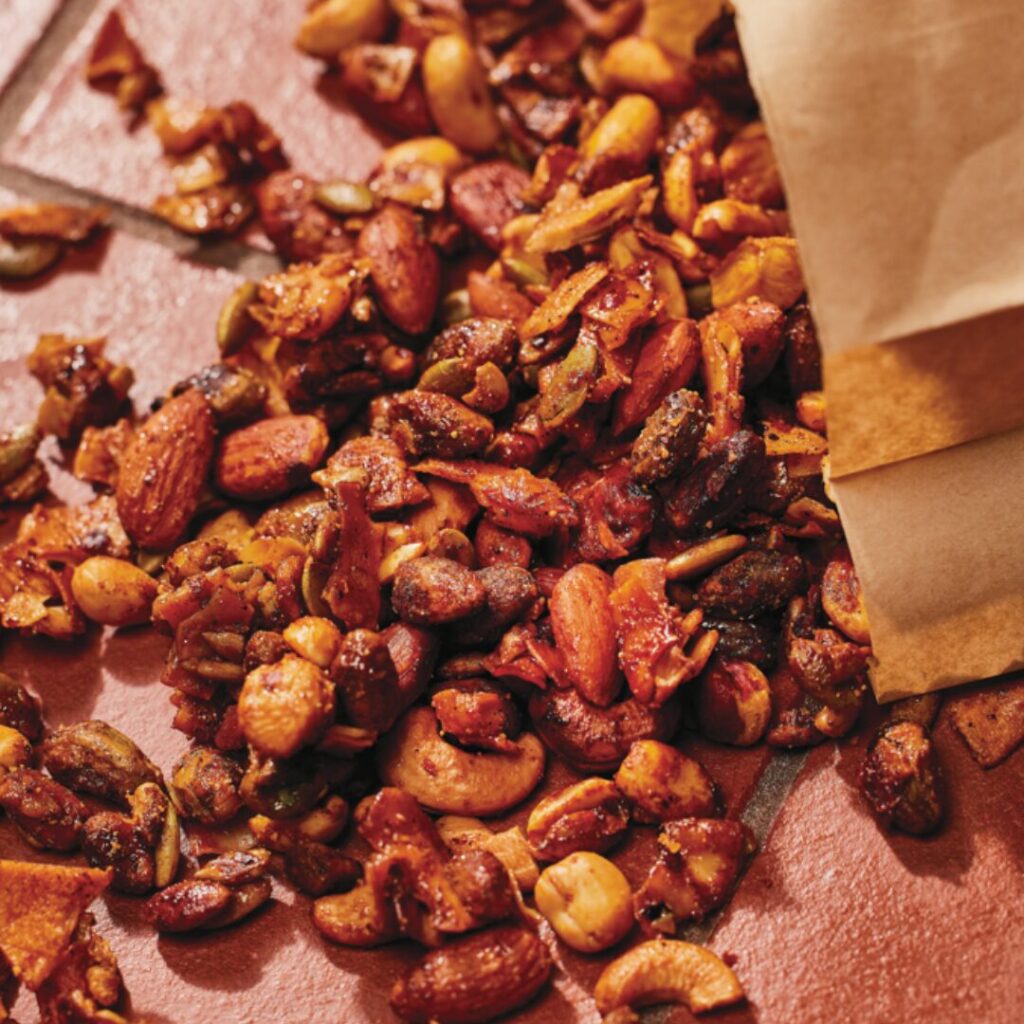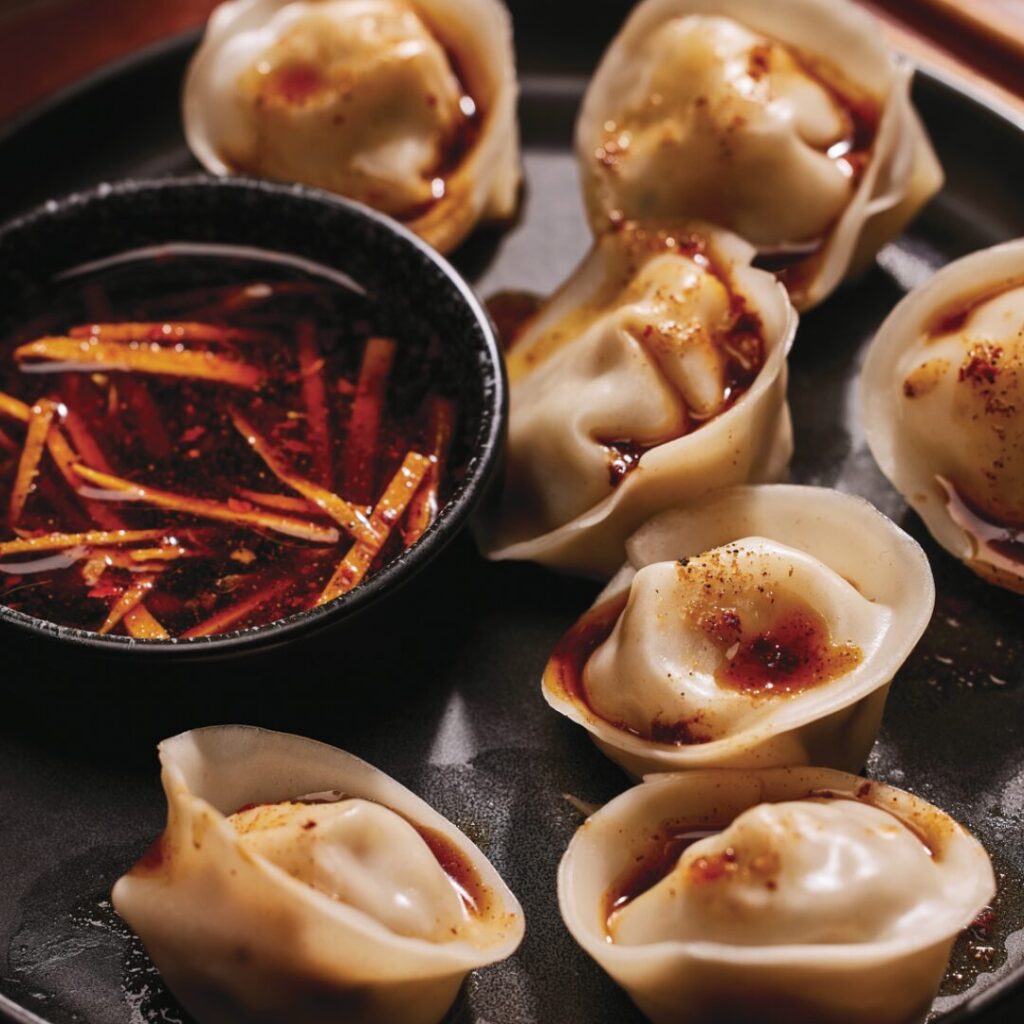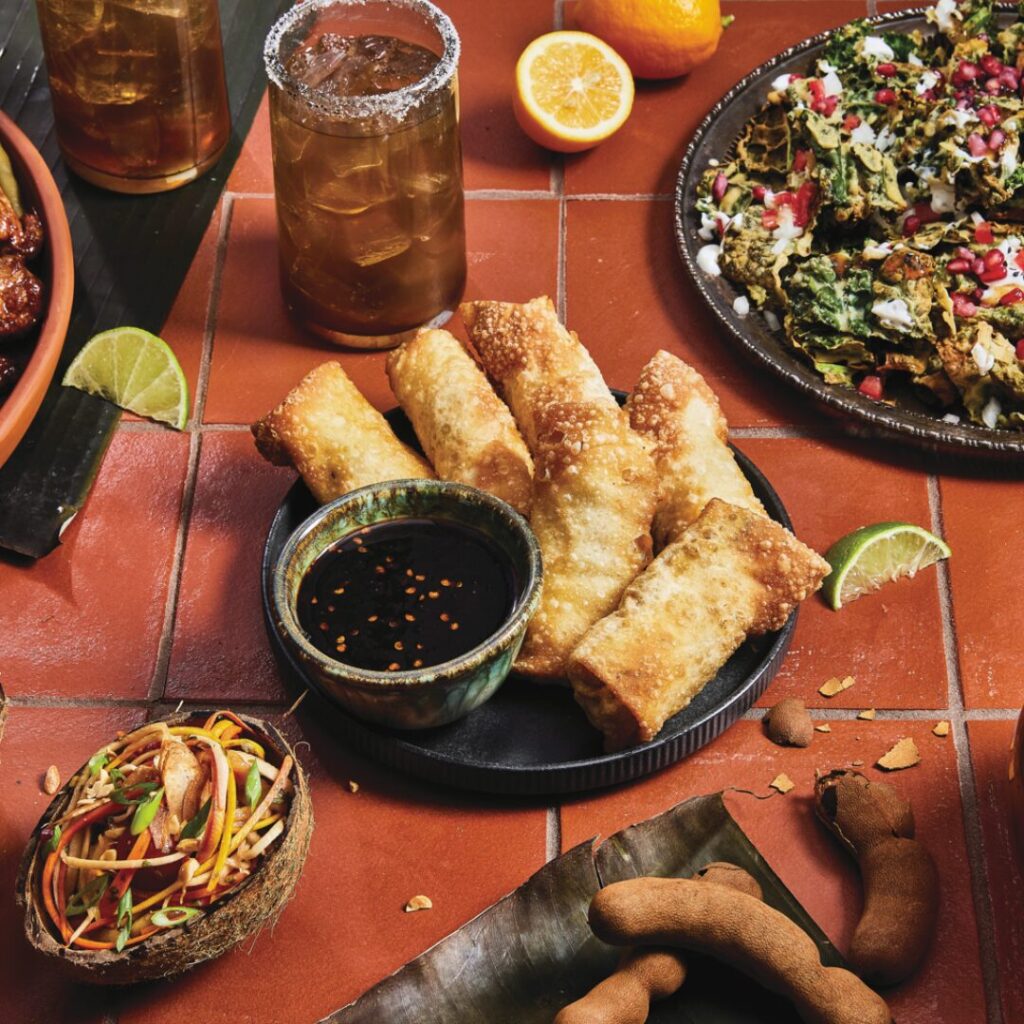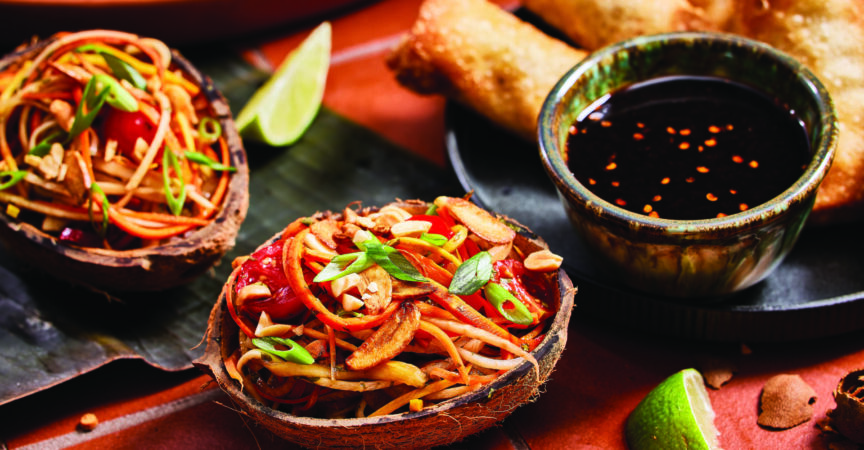Pucker Up for 2024
Executive Chef Juriaan Snellen of McCormick & Company on the flavour trends restaurants need to spice up their menus.

The McCormick® Flavour Forecast® has been a trusted resource for identifying emerging culinary trends and flavours since its launch in 2000. Each year, this forecast provides a tantalizing glimpse into the future of food and flavour, highlighting innovative tastes and ingredients that are poised to inspire both professional chefs and home cooks. With insights from a global network of chefs, culinary professionals, trend trackers and food technologists, the McCormick Flavour Forecast is an essential guide for anyone looking to stay ahead of the culinary curve and add exciting new flavour to their menu.
At the end of 2023, McCormick released the Flavour Forecast for 2024, announcing the tamarind as the Flavour of the Year. Intrigued, we connected with Chef Juriaan Snellen, Executive Corporate Chef for McCormick Canada to learn more about what goes into the development of this report and how restaurants can use flavour trends to engage their guests and drive profit.
MENU Magazine: How did the Flavour Forecast get started and what goes into choosing the flavour of the year and developing the flavour trends behind the scenes?
Juriaan Snellen: Well, McCormick & Company is the number one spice producer in the world, so it’s only fitting for us to produce this annual report. It’s our 25th anniversary next year.
The process starts about 18 months to three years out, depending on where an organization fits. Some of the trends we forecast might be more applicable sooner for fine dining, whereas family dining might pick up those flavours later.
In 2000, we began with forecasting single flavours and verged into flavour pairings and linked that into complete cuisines. Today, we’re focusing on the full-blown trends that really shake up the way we flavour, cook and eat. It’s been very transformational, and I think one of the cool things is that we even use the Flavour Forecast ourselves to funnel our pipeline of innovation as a commercial spice company. We’ve actually already started launching our flavour of the year, which touches on all three of the flavour trends
in the report.
We take a holistic approach to putting the forecast together, with a culinary team of 42 global chefs. That gives us a unique vantage point as to what’s happening in the beautiful world of flavour across the world.
MM: With such vast input and different perspectives, how do you arrive at a shortlist?
JS: There’s no fight – no one gets hurt – but it is a bit of a process. We’ve been working behind the scenes on this edition of the report for about a year with a global team of taste experts including chefs, marketers, food technologists and product development specialists. Each regional group presented trend signals from their region and that gave us over one thousand signals to dig through and analyze to see if there was anything there. This exercise led us to 10 different “dig sites” to further explore with our team, and ultimately, we arrived at three key trends to highlight in this year’s Flavour Forecast.
A cool part of our process is what we call “global food safaris”, where teams in the field visit different parts of the world to experience the trends themselves. We had safaris in Toronto, New York, Melbourne, Singapore, London and France. Then, we came back and shared our insights and experiences with the group. If there was overlap, we knew these were trends we would diver deeper into, and the most significant of those are the trends that made the cut.
MM: What are the criteria that set a flavour apart? How do you ultimately choose the Flavour of the Year?
JS: The flavour of the year for 2024 is Tamarind. It’s a complex flavour that allows chefs to introduce a real global flavour and feel into their menu. For the North American market, we’re bringing tamarind together with pasilla chiles, which are originally from Mexico, for an extremely versatile seasoning. Tamarind has a lot of fruity, sour notes which really tap into our Sour Power trend and marries beautifully with the pasilla chiles, which have a little bit of a malt – they’re kind of earthy, lightly fruity almost raisin-like with a mild heat. Having these two flavours together allows operators and chefs to put an interesting, funky ethnic twist on pretty much anything – barbecue sauce, chicken wings, dumplings or pork chops and even in drinks and beverages.



MM: Was your team involved in the Flavour Forecast recipe development process?
JS: Yes, we take a lot of pride in representing Canada or North America by developing the recipes. I was familiar with Tamarind, but I hadn’t really worked with it in varied applications. It was a lot of fun to head into our test kitchens, play around with food and brainstorm ideas you think might work. When you land on a recipe, share it out with the larger team, and get the initial feedback, it’s very rewarding. We have a variety of different recipes on our Flavour Report website. They’re absolutely phenomenal,
and you should try them.
MM: Do you have a favourite?
JS: I really love the Japanese Milk Bread Pizza recipe, which reflects our “Thoughtfully Borrowed Trend”. That’s one of my favorites. The unique experience of the dough with the spiciness of the soppressatta and the earthiness of the mushrooms really come together, beautifully. For our Sour Power trend, the Duck Egg Rolls are incredible, rich and pair beautifully with the with Chipotle Tamarind Sauce in the recipe.
MM: What are the flavour trends for 2024?
JS: There are three, and the first is Sour Power. So, the fundamentals of flavour are salt, fat, heat and acid. Salt is a flavour enhancer and acid is a craveability enhancer. It literally makes your mouth water and want to come back for more. Throughout our dig phase we heard a lot of people talking about acids and vinegars, flavours like lemon, lime and calamansi, passion fruit, finger limes with their texture and little bursts of acidity then, of course, tamarind. Sour Power is really about layering those different flavours and calling out the different acidic ingredients in there.
The second trend, “Thoughtfully Borrowed”, is actually one of my personal trends, and it goes back to home-style, heritage cooking. Obviously here in Canada, we have a high immigration level and we’re seeing chefs bringing recipes that have been passed on from through generations with them when they come to Canada and putting a North American spin on those recipes to create
original flavours. Sometimes, we refer to this as Fusion 2.0, but it’s about creating intentional mashups and experimenting
at the flavour level.
The final 2024 trend is “Indulgence Redefined”, which is all about expressing yourself through food and customizing it the way you want it. Indulgence is very personal – what is indulgent for me may not be to you. One aspect of this trend is flavour maximalism, or the intentional layering of textures and flavours to create a craveable experience, and “newstalgia”, which is revisiting and reinventing nostalgic flavours. Our Cinnamon Cereal Milk Punch Cocktail recipe is a great example of this. It really brings you back to your childhood where you were eating your sweet cereals with milk, and but it’s elevated into an adult beverage.
MM: How can restaurants and chefs successfully introduce flavour trends on their menus?
JS: The Flavour Forecast is designed to inspire. If you put the tamarind and pasilla chile seasoning on a chicken wing, you’ll transform traditional comfort food into a kind of global flavour exploration. Typically, seasoning represents only one or two per cent of overall food costs, so adding new flavours can bring some excitement to everyday menu items in an affordable, labour-neutral way.

To view the full McCormick Flavour Report, visit mccormick.com/flavor-forecast-2024.









